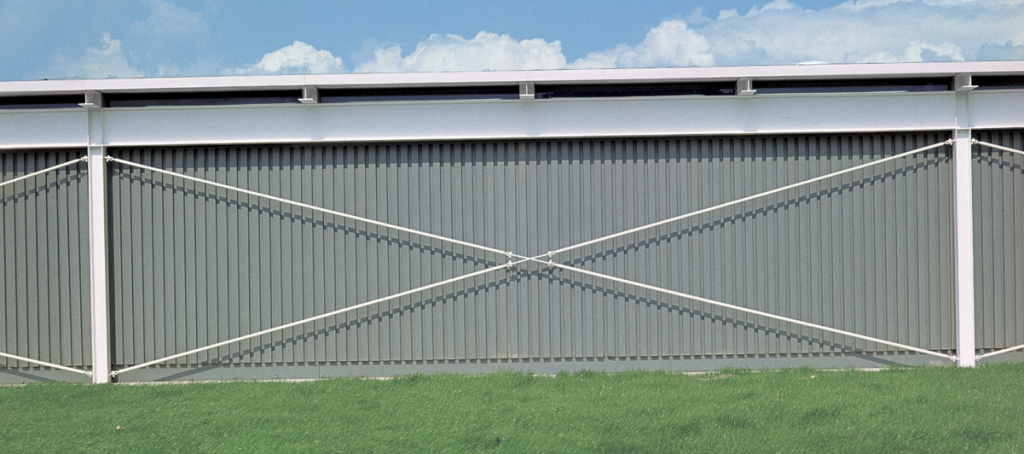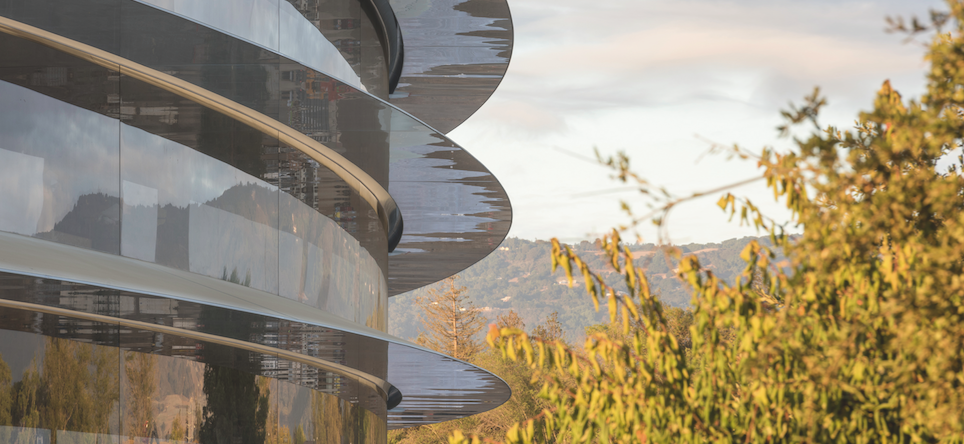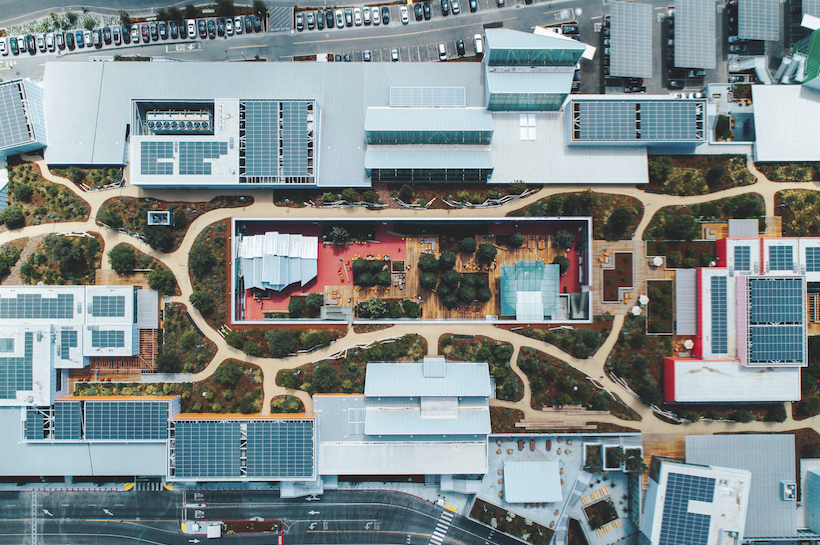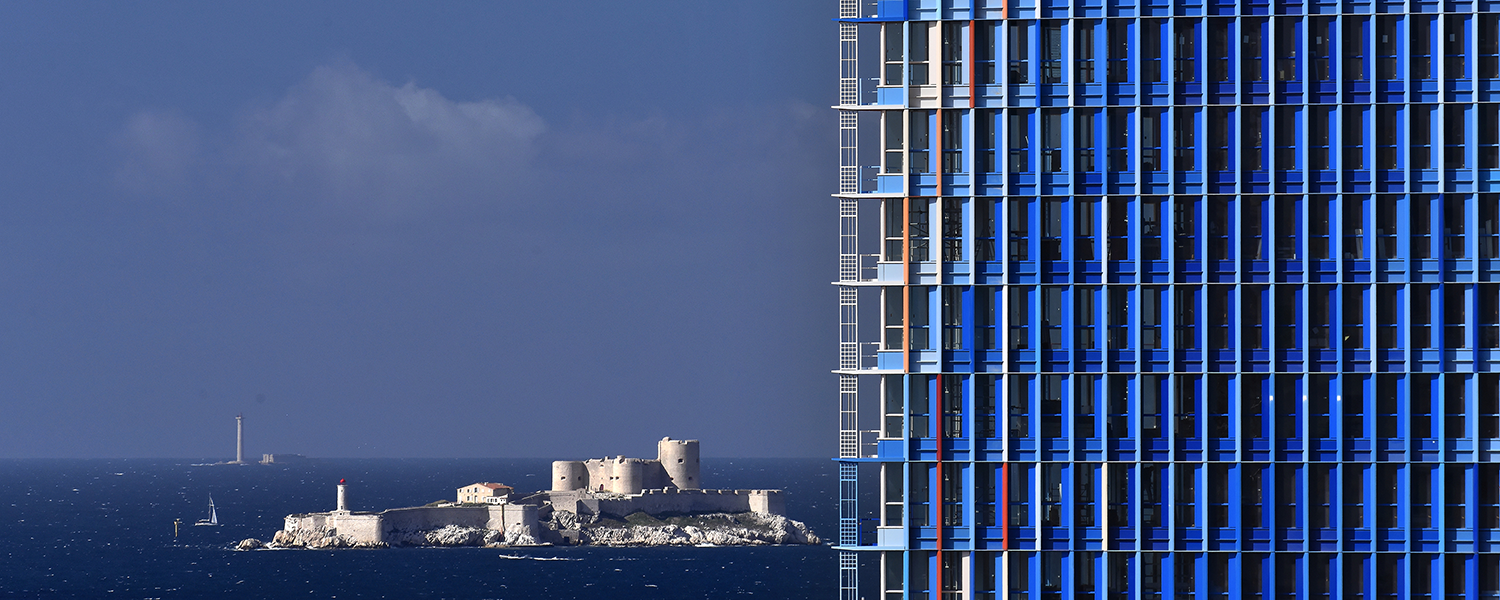Norman Foster: The Luxury of Coming Together
Like all of us, the legendary British architect has been working from home, an irony for the man who introduced the concept of ‘lifestyle’ into the workplace. With the recently completed $5-billion Apple Park in Cupertino, California, Foster + Partners rolled out the conceit to what is effectively a small town of 12,000 people. But in the age of COVID‑19, has the idea reached its sell-by date?
A portrait by Andrew Ayers, published in AA 436, now available on our online shop.
Coronavirus oblige, Baron Foster of Thames Bank is at home. Which in this instance means Sankt Moritz, Switzerland, one of several properties owned by the peer of the realm who, in 2010, renounced his seat in the House of Lords, granted him under Tony Blair in 1999, when new legislation outlawed parliamentarians who are either non‑resident in the U.K. or decline to be taxed by Her Majesty’s Revenue and Customs on income earned abroad. For as well as being one of the world’s most successful architects, the working-class lad from Manchester, born in 1935, is also an extremely successful businessman, whose net worth in 2016 was estimated at £170 million. In a profession that rarely brings serious wealth, this is unusual, but perhaps not so surprising when one considers that he has made it his business to understand the needs of, well, business in countless commissions over the course of his six‑decade career.
“In the 1960s, your typical office or factory was really grotty,” says Foster of the British working environment he returned to after obtaining his M. Arch. at Yale in 1962. “Your office was likely linoleum on the floor with a chipped wooden desk, your factory floor was almost certainly appalling, as were the facilities — absolutely indescribable bathrooms in a remote building, and management rigidly separated, with their own set of sanitary facilities.”
A situation that his first firm, Team 4 — a partnership with Richard Rogers, whom Foster had befriended at Yale, Rogers’s wife Su, and Wendy Cheesman, whom Foster would soon marry —, set out to revolutionise at Reliance Controls, an electronics factory in Swindon (1967). “I described it as a democratic pavilion,” says Foster of the pristine prefabricated steel shed where “there was one set of bathrooms, one entrance, one series of finishes, one canteen, all under one roof. It challenged the ‘we’ and ‘they’, back and front, clean and dirty, posh and scruffy, blue collar white collar.”


After Team 4 split that same year, Norman and Wendy founded Foster & Associates, but were desperately short of work. It was this that led to their breakthrough building, the Fred. Olsen amenity at London’s Millwall Docks (1970), a project Foster invented from scratch and persuaded the Norwegian shipping firm it needed when all they’d initially asked for was a modest toilet and shower block for the stevedores.





